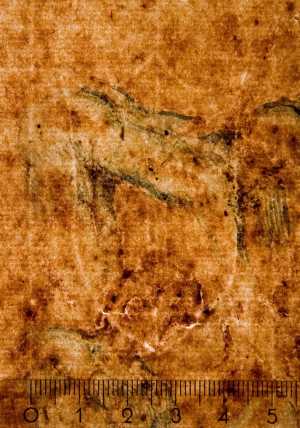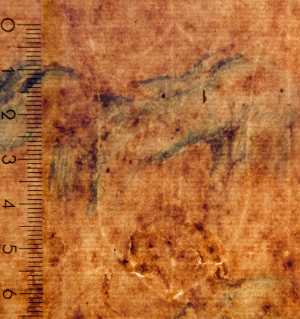Specifications
| Title | Group of Eleven Acrobats |
|---|---|
| Material and technique | Pen and brush and brown and green-blue ink, heightened with white |
| Object type |
Drawing
> Two-dimensional object
> Art object
|
| Location | This object is in storage |
| Dimensions |
Height 388 mm Width 261 mm |
|---|---|
| Artists |
Draughtsman:
Anoniem
|
| Accession number | I 4 (PK) |
| Credits | Loan Stichting Museum Boijmans Van Beuningen (former Koenigs collection), 1940 |
| Department | Drawings & Prints |
| Acquisition date | 1940 |
| Creation date | in circa 1575-1650 |
| Watermark | Letter F or Latin cross (?) on three hills in a shield, 62 x 38 mm, on P4 van 8P, vH, cropped folio sheet, left of the center, viewed with IRP (transmittent light), possibly somewhat reminiscent of type Briquet 11938-39 ((Lucca 1582, Rome 1591, Ferrara 1598, variations until c. 1650 in Fabriano/Rome); no similar types in Piccard Online. |
| Inscriptions | '7.' (verso, centre, pen and brown ink) |
| Collector | Collector / Franz Koenigs |
| Mark | F.W. Koenigs (L.1023a) deest |
| Provenance | Franz W. Koenigs (1881-1941, L.1023a), Haarlem, acquired in 1920-1930 (Florentine, c. 1450); D.G. van Beuningen (1877-1955), Rotterdam, acquired with the Koenigs Collection in 1940 and donated to Stichting Museum Boijmans Van Beuningen |
| Research |
Show research Italian Drawings 1400-1600 |
| Material | |
| Object | |
| Technique |
Highlight
> Painting technique
> Technique
> Material and technique
|
| Geographical origin | Italy > Southern Europe > Europe |
| Place of manufacture | Florence > Tuscany > Italy > Southern Europe > Europe |
Do you have corrections or additional information about this work? Please, send us a message



























